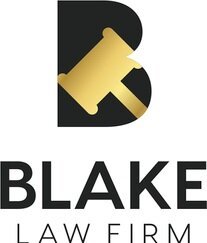CALIFORNIA'S DENSITY BONUS LAW
California’s Density Bonus Law Limits Lead Agencies’ Ability to Require Residential Developments Conform to Local Building Regulations
The California Housing Accountability Act (Government Code section 65589.5) and the Density Bonus Law, (Government Code section 65915), address the shortage of affordable housing. However, only in the last decade have residential real estate developers taken full advantage of its developer-friendly provisions that allow increased housing density over and above current local zoning if a certain percentage of the housing units are affordable as defined by the statute. A recent change to the Density Bonus Law allows up to 50% additional units above the maximum authorized under local zoning. In addition to increased housing units, the law provides for “incentives or concessions” which allow the proposed development to exceed the height and setback restrictions, and other zoning code or architectural design requirements, and “waivers or reductions” of any development standards that would physically preclude the construction of the project as designed. Further, the law provides for significantly reduced parking ratios.
The Density Bonus Law is not without limitations. A local agency can deny a requested incentive or concession if it makes a written finding, based upon substantial evidence, that: (1) there is no identifiable and actual cost reductions; (2) there would be a specific, adverse impact on the public health and safety or on a historic resource; or (3) the incentive or concession is contrary to federal or state law. However, until recently there were relatively few appellate court decisions analyzing the application of its provisions. Due to the dramatic increase in developments seeking a density bonus and opposition from local agencies and neighbors in the past decade, there has been a corresponding increase in legal decisions with a decided trend to uphold the application of the Density Bonus Law in its broadest sense and limiting local agencies in their ability to demand changes to building plans that meet the law’s criteria but are in conflict with local zoning or other restrictions.
The recent case of Bankers Hill 150 v. City of San Diego (Jan. 7, 2022, No. D077963) __ Cal.App.5th __, explains the broad freedoms a developer enjoys in designing its architectural plans under the Density Bonus Law. This case held that the developer of a 20-story mixed-use project, which exceeded local height and set-back requirements, among other code deviations, was entitled to build the development according to its architectural plans despite the plaintiff’s assertion the plans could be altered to scale back the building’s footprint. In so ruling, the Court emphasized that under the Density Bonus Law, absent limited exceptions, a proposed project is entitled to a waiver or concession as to any development standards that would have ordinarily prevented agency approval of the project as designed, as long as the project’s scope is consistent with the requirements under the Density Bonus law statute. Thus, this case supports developer’s rights to design a project with the expectation that the local agency will grant waivers and concessions absent any substantial evidence of the existence of statutorily limited exceptions.
If you have any questions concerning the Density Bonus Law or need assistance navigating residential development regulations, please do not hesitate to contact the attorneys at the Blake Law Firm.



